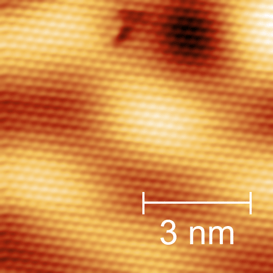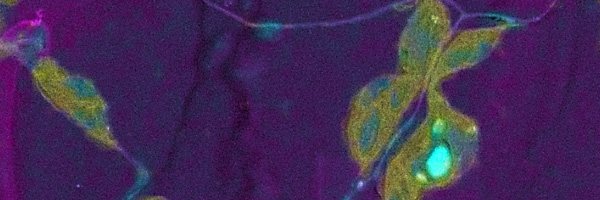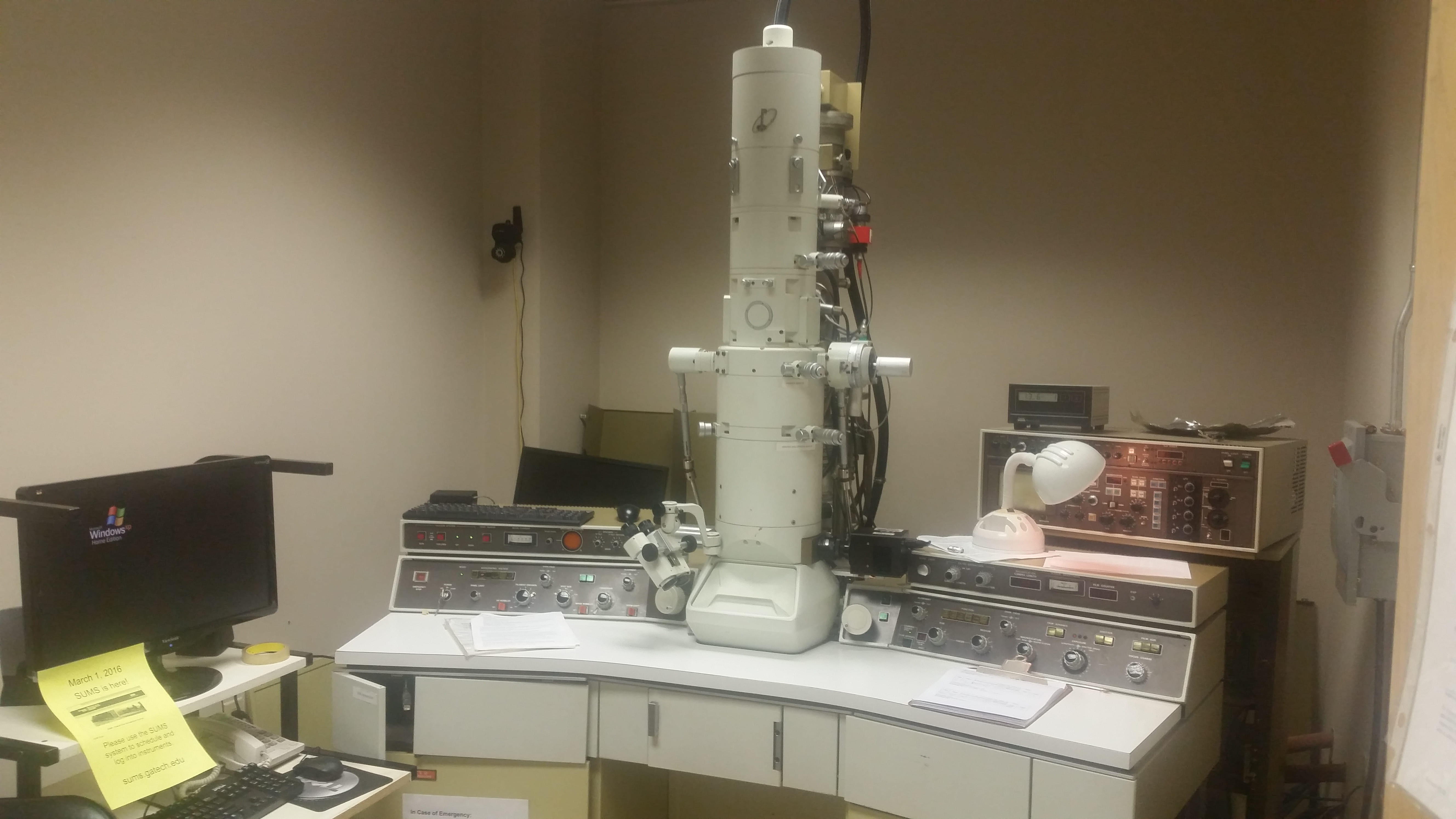Seminar 1
Putting the back focal plane back into STEM: fun with fast pixelated detectors
Dr. Ian MacLaren
University of Glasgow, School of Physics and Astronomy
Location: Marcus Nanotechnology building Rm1116,
Time: May 20, 2016 2:30PM
Abstract: STEM has typically used HAADF imaging for a very simple and interpretable contrast. In recent years, there has also been a resurgence of interest in bright field and annular bright field imaging in STEM in order to see lighter atoms. However, there is much more information than this in the back focal plane, and with the advent of fast direct electron detectors, it is now possible to actually record large amounts of the back focal plane and then process the dataset to extract a variety of kinds of information. We show the uses of this for mapping magnetic fields in materials, imaging biological structures, performing atomic resolution phase-contrast imaging, and for mapping the 3D ordering in crystals. As part of the talk, we will discuss the integration of such a detector into a modern analytical STEM, as well as how we are dealing with data handling and processing.
Seminar 2
High Temperature Corrosion Studies of Zircaloy- 4
Kirsty Annand
University of Glasgow, School of Physics and Astronomy
Abstract: Worldwide, Zircaloy-4 (Zr-1.5%Sn-0.2%Fe-0.1%Cr) is a popular material of choice for the containment of nuclear fuel and other structural components within commercial Pressurised Water Reactors (PWRs). However, waterside corrosion of these cladding materials results in the creation of an oxide layer on the surface of the metal, which degrades these containment vessels over time.
Using dual-range electron energy loss spectroscopy (DualEELS) on a GIF Quantum mounted on our JEOL ARM200F scanning transmission electron microscope, we have studied the evolution of the corrosion of Zircaloy-4 with time under simulated PWR conditions, using FIB preparation of cross sections through the oxide scale. This allowed us to simultaneously study changes in chemical composition and dielectric function of the material at the oxide scale – metal interface with nanometre resolution. This has allowed the correlation of the appearance of different distinct phases with the zirconium-oxygen ratio.
Furthermore, the corrosion and incorporation of Secondary Phase Particles (SPPs) in to this oxide layer in Zircaloy-4 material has been investigated. In particular, we have focused on mapping the corrosion of Zr2Fe and Zr(Cr,Fe)2 precipitates during the oxidation process, depicting their morphology as the oxidation front advances through the material.
This nanoanalytical approach reveals the true complexity of the oxidation of Zircaloy-4 – an understanding of which will be necessary for the development of sophisticated models of their influence on oxidation behaviour.



